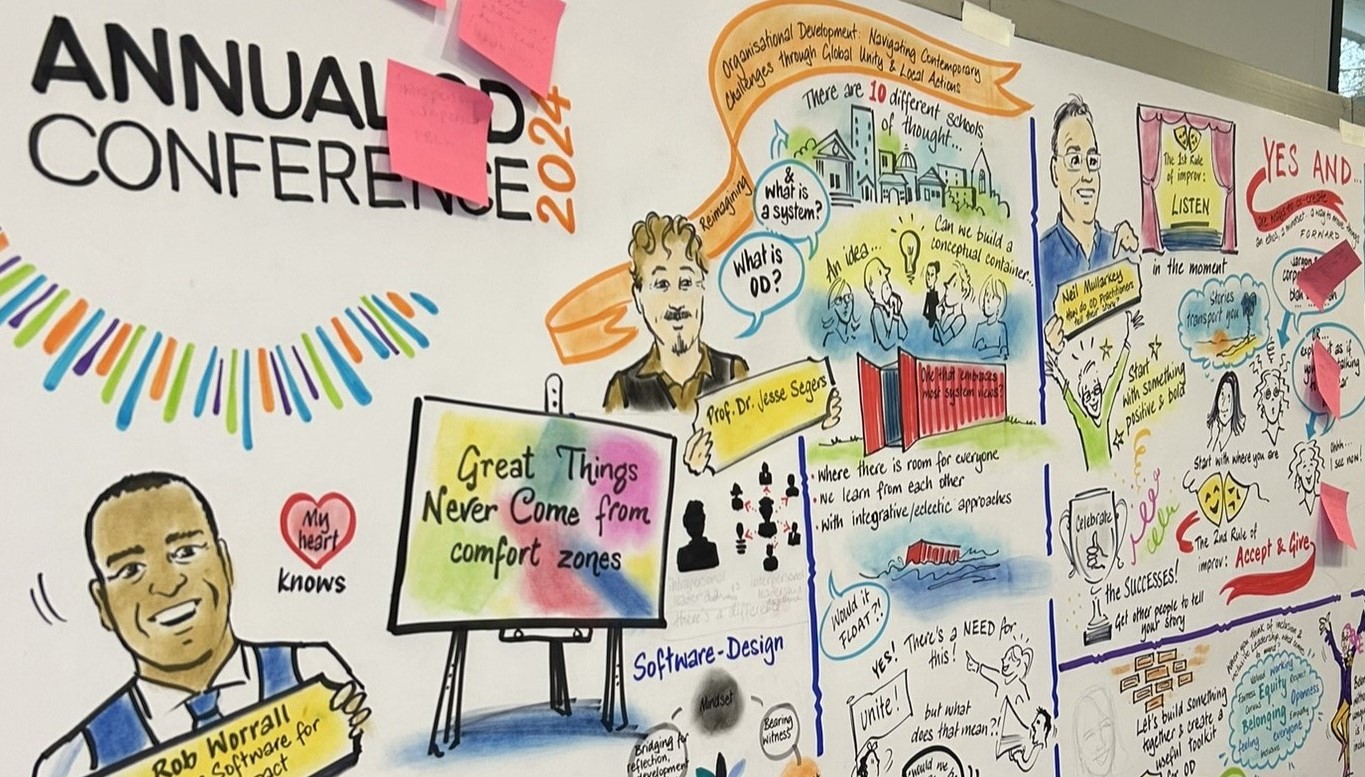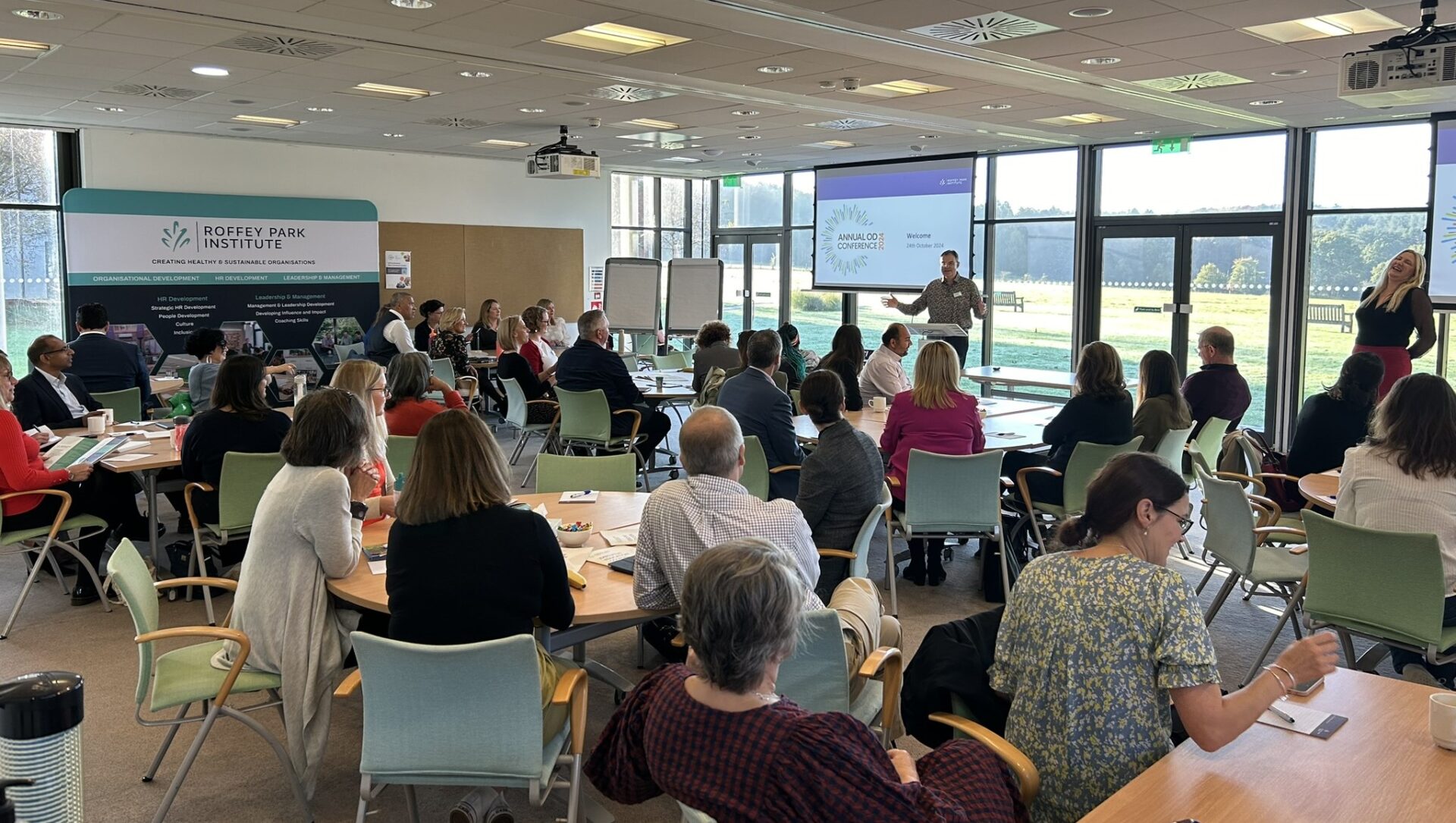Ask most people if they think creativity is a good thing in their organisation and you’re likely to get a funny look. Of course creativity is a good thing. Who could possibly object to creativity? Having a creative bent myself I also think that it is a very good thing. We need space for critical reflection, imagination, blue-skies thinking and innovation otherwise we stagnate. But I am also aware of the potential problems of creativity. Like many delicious things, creativity needs to come with an organisational health warning. Be careful what you wish for or, at the very least, know what you’re taking on. Creativity can do amazing things but you need to be aware of its paradoxes. Here are five of them.
1. Creativity is a waste of time
At a time when many organisations are under severe resource pressure, need to drive down costs and maximise productivity, the use of staff time comes under close scrutiny. Staff usually represent the biggest single cost to an organisation and unsurprisingly managers want to get the most out of them. It is partly for that reason that ‘noodling about’ tends not to feature on many lists of KPIs. And yet that is what creativity demands – time to knock ideas around, play with stuff, scribble on the walls of the rumpus room and generally brainstorm the bejeezus out of things. Lego is involved.
But even creativity’s most ardent promoters balk at the time it takes. Google’s famous ‘20% Time’ scheme allowed its software engineers (not all staff as mythology has it) to spend a fifth of their contracted time on personal projects that would most benefit Google. If you have ever had a Gmail address, you can thank ‘20% Time’ for it. But despite its successes, Google eventually abandoned ‘20% Time’. It became too much of a distraction and created friction with the organisation’s rigorous internal performance metrics. For many years now, the creative capacity that ‘20% Time’ sought to unleash has been contained and focused on a much smaller group of employees. One reason for this is our second paradox.
2. Creativity fails
Failure is not something many managers are keen to promote. Most organisations trumpet things like excellence, success and winning above everything else. Failure is not part of the picture. But creativity is all about failure: failure is how you know it’s working. As Joe Moran puts it in his wonderful book, If You should Fail: A Book of Solace (Penguin 2020:99):
Creativity is the ingredient sprinkled on any money-making enterprise to make it feel fresh, human and palatable. The trouble with this is that capitalism’s true measure of success is productivity: the rate of output per unit of input. And creativity can’t be measured like that; it may even be hard to work out what its inputs and outputs are. The creative life is one of small victories interrupting long spells of frustration and disenchantment. Not so different, then, from any other life.
This may seem like a gloomy prognosis, but for those with a creative urge it is simply the nature of things. Bringing something new into the world involves experimentation, giving things a go and, inevitably, some things simply not working out. Even for organisational managers that are not completely risk averse, the excess that creativity demands poses a threat. Just how much resource can we afford to waste in pursuit of that one shining idea? Perhaps unsurprisingly when money is tight creativity is the first thing to go. An irony, because it may be during such times that creativity is most necessary.
3. Creativity needs constraint
What now!? Surely creativity is all about freedom? Indeed, the words creative and freedom are regularly found in each other’s company. Yes, but look at what creative people do with that freedom. The Japanese poetic form, haiku, a vehicle for some of the most beautiful expressions in any language, demands that the poet express themselves in 17 syllables, organised into three phrases and always with a seasonal reference. The Western sonnet form is less restricted – fourteen lines – but is nevertheless rigorously structured. The very best sonnets follow the rules to the letter but in doing so also utterly transcend them. Anyone familiar with Shakespeare’s sonnets – far and away the highest expressions of the form – will know what I mean.
Even when the constraint is imposed by others, creativity can still thrive. The European Renaissance – one of the most creative eras in history – occurred against a background of often brutal restraint. One consequence of high degrees of political censorship was the flowering of the literary ‘paradox’: a poetic means of speaking to the burning issues of the day without addressing them directly. Anyone having a go at political commentary under the murderous regime of the likes of Henry VIII, had to be extremely careful. The paradox worked by displacing serious commentary onto trivial or comic subjects, or by developing elaborately ‘contrary’ arguments. It offered a highly creative way to avoid the attentions of the law and, in doing so, produced some major literary masterpieces.
We can hope that today’s organisational creatives are not working these kinds of strictures, but nor do they necessarily benefit from a free-for-all. And this begs the question about what is the right degree of freedom to let creativity flourish? And who sets the limits on creativity? Which leads neatly on to…….
4. Management is the opposite of creativity.
This will be unpopular: those of delicate managerial disposition might want to skip to the end. The fact is though that people tend to be promoted to senior management roles precisely because they are not creative. They build successful careers shunning the rumpus room, the brainstorming, and even the Lego. They work hard at becoming quietly proficient in delivering exactly what the organisation knows it wants, on schedule and on budget. No flights of fancy here: just data analysis, quality assurance processes, structured human resource management, and methodical delivery of agreed outputs. Creative flair has no place here. And much as it pains me to say this, quite right too. Because the truth is that those of us who want to have the time and space to get creative, absolutely need these stolid workhorses of organisational life to keep the whole thing on the rails while we play.
But this also means that organisations that might be crying out for creative input may be led by people who do not value it. If your measure of success is stability, order and predictability, why would you give house room to chaos?
5. Creativity must end.
Even if we are bold enough to give the creative types time, space and Lego, do we need them all the time? Is theirs a perpetual revolution or one expected to the deliver the goods and then join in with the ‘normal’ function of an organisation? The message from Google’s ‘20% Time’ seems pretty clear on this: opening up a space for innovation worked for a while and produced some successful outcomes, but ultimately had to be contained. For Google, opening up that creativity worked when it was still essentially a start-up. Once the organisation had matured to the point where it had stable products and target markets, the need for constant innovation tailed off. Imagining the future gave way to managing the present.
For anyone with a belief in the necessity of creativity, this is a depressing prospect. Not only does it suggest that we are regarded as of only limited value, but it also suggests that organisational continuity will always have the upper hand. Perhaps that is inevitable. But it should not mean that creativity in organisations should be regarded as expendable, an expensive luxury only to be indulged in when times are good. Creativity helps organisations learn and grow, not just for the present but for the future. And with our futures looking less and less predictable, we’re going to need some creative solutions to see us through. So let the creativity begin!





